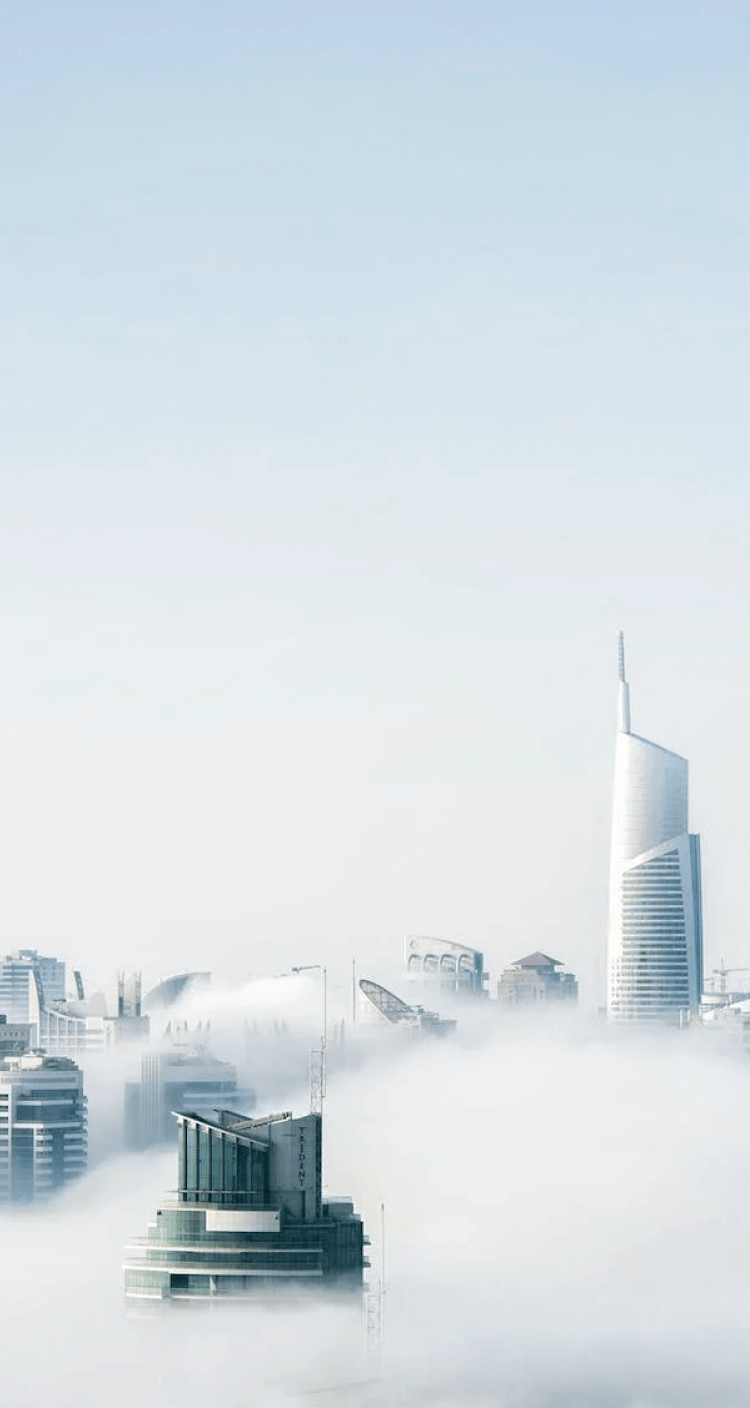Cities = danger
In developed and developing countries alike, women, girls and LGBTQIA+ citizens face danger when they go out.
In Ireland, 55 percent of women feel unsafe in public transport after dark. In the UK, 71 percent of women have experienced some form of public sexual harassment. Amongst women aged 18-24, that rises to 97 percent.
In Jordan, 47 percent of women surveyed had turned down a job opportunity because of the affordability and availability of public transport, and public sexual harassment. In New York City, women spend an average US$26 to $50 extra on transport per month for safety reasons.
Data from a survey in Hawassa, Ethiopia, shows that 50.8 percent of women and girls have experienced violence while using public transport.









